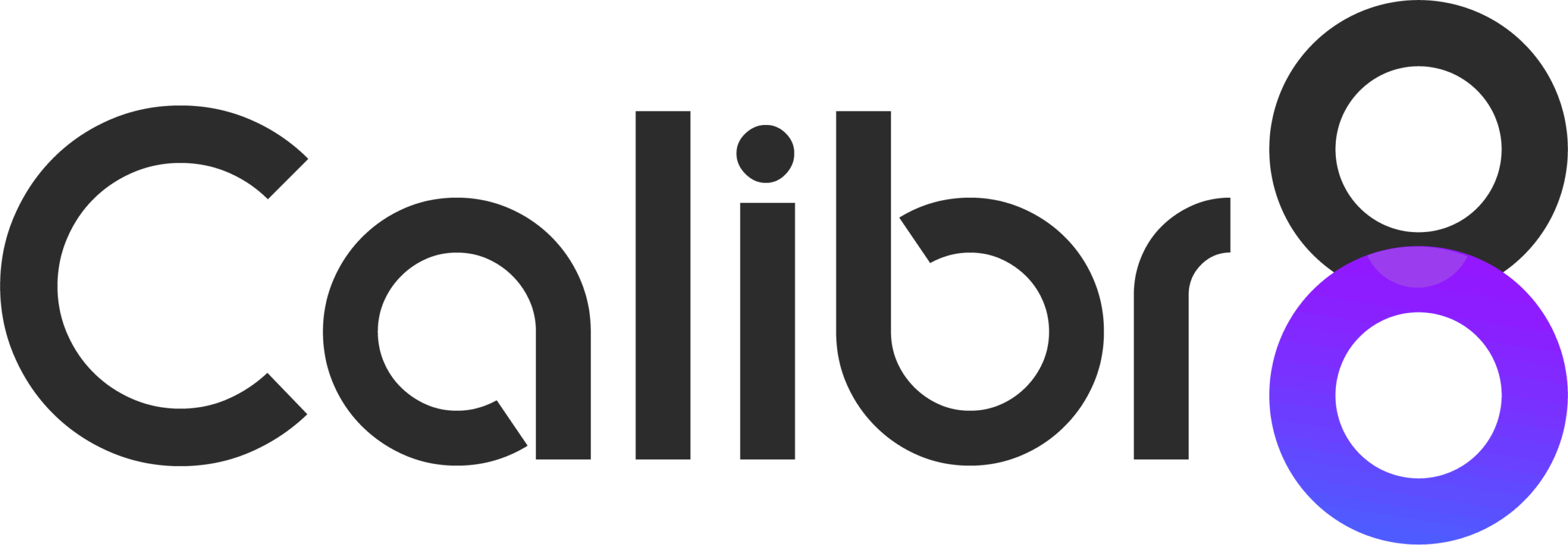Read time: 5 mins
Finding the right audience is crucial to any campaign, but imagine launching an entire strategy only to realize you’re missing key voices. That’s exactly what happened to a boutique sneaker brand that set out to understand its urban Gen Z customers. Their sales were strong, but their market research painted an incomplete picture. After months of static surveys and low engagement, they realized a sizable portion of their target customers wasn’t being heard—their most active and vocal advocates were slipping through the cracks. How can businesses avoid this?
Understanding the Importance of Connecting with the Right Audiences
When it comes to research and marketing, engaging with specific audiences can be like finding a needle in a haystack. These groups might be small in size, have unique behaviours, or simply prefer certain digital spaces over others. Marketers, brand managers, and insights researchers must learn to identify these audiences, as ignoring them can leave significant gaps in campaign outcomes. Engaging them can unlock valuable insights that lead to better products and services, ultimately contributing to a brand’s success.
Identifying What Makes Some Audiences “Hard to Reach”
Hard-to-reach audiences often fall into categories that don’t engage easily with traditional market research methods. This could include individuals from minority cultural groups, younger generations like Gen Z, or busy professionals. Many factors make them challenging to connect with—whether it’s distrust of brands, time limitations, or even language barriers. Understanding the root cause is crucial to addressing this challenge.
Adapting to Digital Habits and Preferences
One of the most effective ways to connect with elusive audiences is by adapting to their digital habits. If your target market prefers TikTok over Facebook, or LinkedIn over Instagram, focusing on these platforms can be a game-changer. For example, micro-influencers and community-based marketing often succeed where traditional ads fail. Insights researchers need to be savvy about where their audience spends time online and adjust their research methodologies accordingly.
Innovative Approaches to Engaging Hard-to-Reach Audiences
Traditional surveys or focus groups may not cut it when targeting niche segments. This is where creativity can shine. Methods like mobile ethnography, video diaries, or interactive online panels are excellent ways to engage audiences that avoid static questionnaires. Businesses are increasingly turning to innovative tools that allow for more flexible, engaging research methods that blend seamlessly into people’s lives.
Leveraging Data for Personalization and Connection
Another way to bridge the gap is through the strategic use of data. Tailoring outreach efforts to each audience’s specific needs, based on behavioural data, makes a significant impact. For instance, using first-party data collected from your existing customer base can help identify patterns and tailor your messaging. Businesses that embrace data-driven strategies have more success in reaching and engaging those hard-to-reach audiences.
How Zamplia Can Help Engage Difficult Audiences
If you’re a marketer struggling to connect with niche groups, you might feel like you’ve exhausted all your options. That’s where platforms like Zamplia come in. Zamplia helps businesses streamline the process of engaging with elusive audiences by providing access to specific market segments, improving the efficiency and effectiveness of outreach efforts. Whether it’s gathering real-time insights or leveraging targeted marketing solutions, Zamplia ensures you’re connecting with the right people at the right time. Take a tour or book a demo with us today.
The Role of Storytelling and Emotional Connection
A great way to break through the barriers is by making an emotional connection with your audience. Storytelling is a powerful tool, especially when engaging with groups that may be suspicious or uninterested in typical marketing strategies. By sharing authentic stories that resonate with their experiences, marketers can build trust and foster deeper connections. This approach is particularly effective when combined with video content and social media campaigns.
Overcoming Barriers with Incentives and Transparency
Sometimes, all it takes to engage elusive groups is the right incentive. Offering rewards like exclusive content, discounts, or early access to products can encourage participation in market research. Additionally, being transparent about how their data will be used can alleviate concerns about privacy, increasing willingness to engage. This is especially important when dealing with audiences that may have a heightened awareness of data security or ethical issues.
Monitoring and Adjusting Strategies for Ongoing Success
Market research isn’t a one-time endeavour; it requires constant monitoring and adjustment. As consumer preferences evolve, businesses need to remain flexible and adjust their strategies. Ongoing engagement with elusive audiences ensures that insights remain relevant and actionable. Implementing feedback loops and continuously refining your approach will help maintain strong connections with these valuable groups.
Conclusion: Are You Ready to Reach Your Elusive Audience?
Reaching hard-to-reach audiences takes effort, but the payoff can be huge. Whether through tailored data strategies, emotional storytelling, or leveraging platforms like Zamplia, businesses have the tools to connect with these elusive groups. The question is, how will you engage the voices that matter most to your brand?
FAQs
The most effective incentives can vary depending on the audience you’re targeting. Some groups may respond well to exclusive offers, discounts, or early access to new products, while others may prefer non-monetary rewards like recognition or access to specialized content. The key is to understand your audience’s values and what would motivate them to engage with your brand or research.
Success can be measured through a variety of metrics, such as engagement rates, response quality, and the depth of insights gathered. Comparing the behaviour of previously hard-to-reach audiences with more accessible groups can also provide a benchmark for how effective your outreach has been. Additionally, improvements in sales, customer satisfaction, and brand loyalty after connecting with these groups are strong indicators of success.
Many market research tools, including those designed to reach elusive audiences, offer flexible pricing models. For smaller businesses, this could mean starting with more affordable, scalable solutions that grow as their needs expand. Additionally, partnering with agencies that specialize in niche audiences or tapping into online communities can be cost-effective alternatives to more traditional market research methods.


